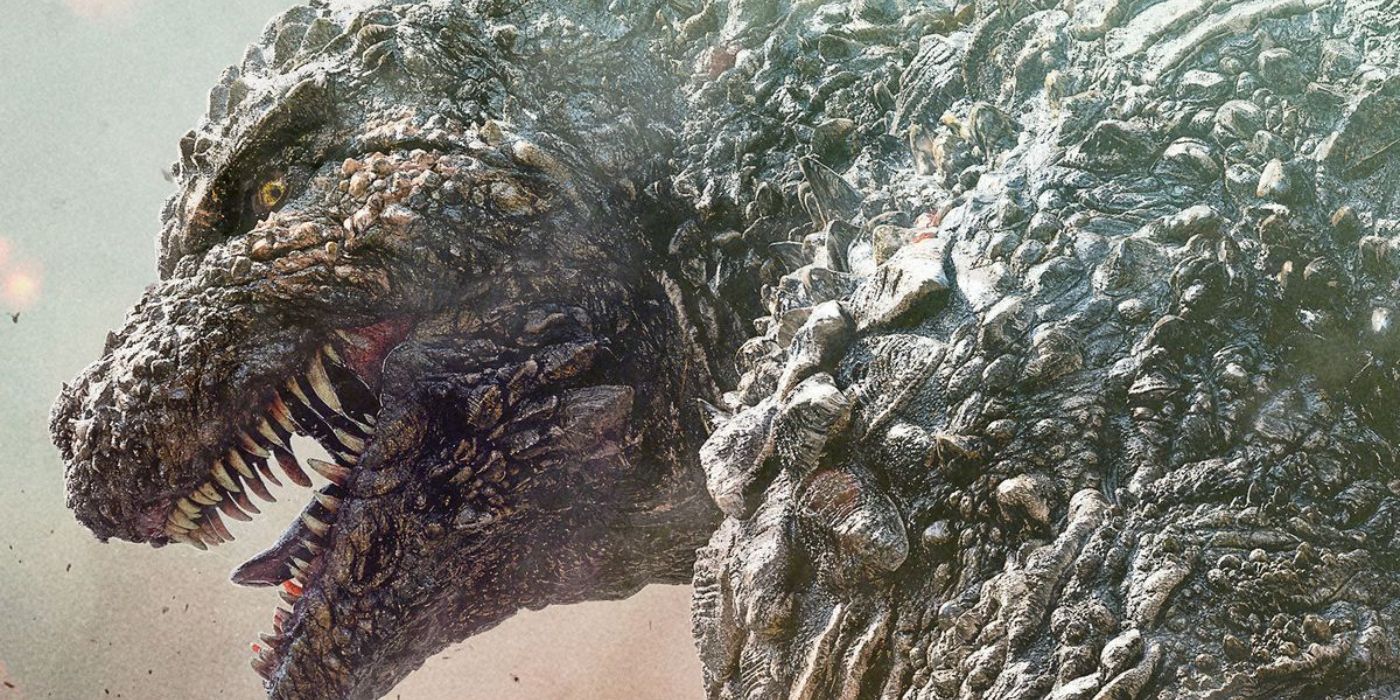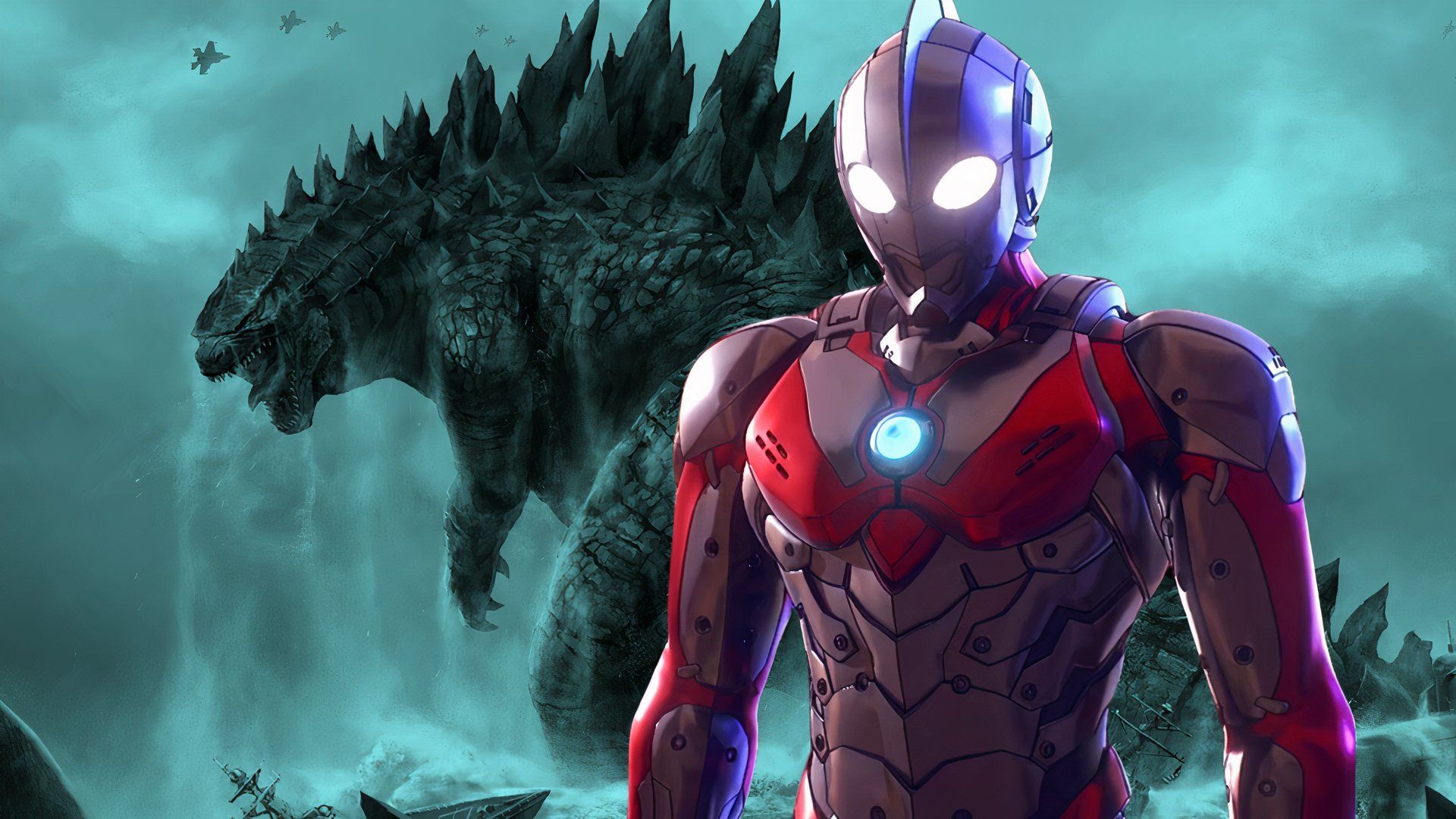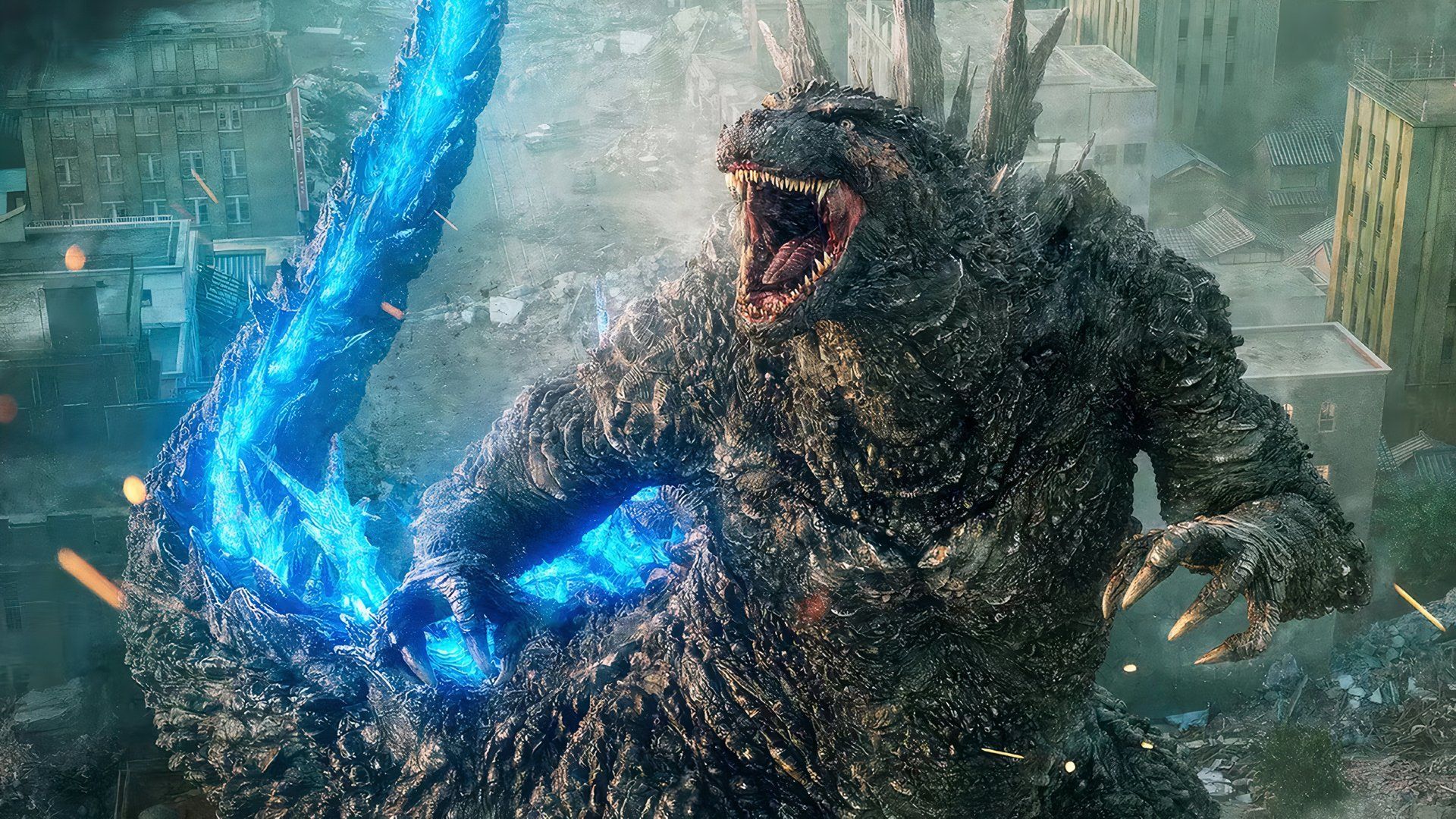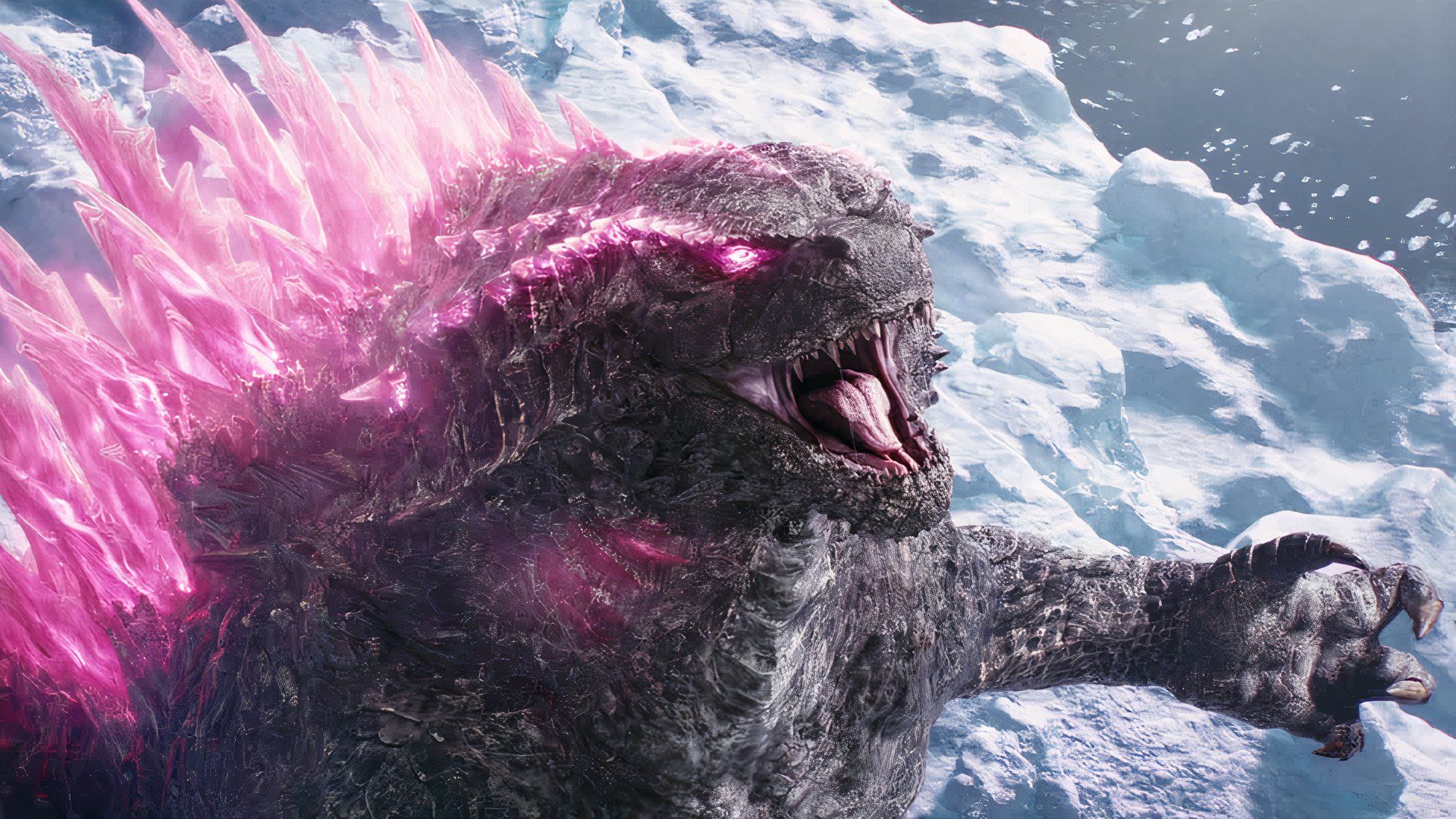With Godzilla celebrating its 70th birthday in October 2024, the gargantuan beast has never been more popular. Following the release of the hit Godzilla Minus One, the recent Godzilla x Kong: The New Empire, and the Apple TV+ series Monarch: Legacy of Monsters, a renewed fascination with the classic Toho movie monster has brought Godzilla back into the cultural spotlight for new and old generations to enjoy. Yet, despite appearing in countless movies since 1954, several questions about Godzilla’s biological makeup remain.
With 70 years of historical mythology to draw from, ascertaining Godzilla’s gender, origin, and species is long overdue. Although there has been conflicting information throughout the movies and literature, there’s enough consensus to understand Godzilla’s physiological traits, what it is, whether the monster is male or female, and what race of creature it belongs to. Now that Grant Sputore has been slated by Legendary Entertainment to direct the sequel to Godzilla x Kong: The New Empire for a 2027 release, Godzilla’s stats deserve closer examination.
Godzilla’s Origin, Explained
Introduced in the 1954 movie Godzilla by Ishiro Honda, Godzilla is arguably the most notorious cinematic monster on record. Starring in 38 films and counting, the amphibious beast has altered form throughout its existence, often due to mutation caused by atomic radiation. Godzilla has also appeared in several comics, novels, TV shows, video games, and other multimedia properties.
Four key contributors are credited with creating Godzilla. Apart from Honda, the original screenplay for Godzilla and its sequel, Godzilla Rides Again, was written by Shigeru Kayama. Toho producer Tomoyuki Tanaka knew of Kayama’s work as a writer and tapped him to pen a screenplay inspired by the American B-movie The Beast From 20,000 Fathoms.
While Kayama conceived the story for Godzilla, Tanaka created the monster’s name. The name Godzilla combines “Gorilla” and “Kujira” (which translates as Whale in Japanese) to describe a mutated Gorilla-Whale-like hybrid. Beyond Honda, Tanaka, and Kyama, Special Effects Director Eiji Tsuburaya co-created Godzilla in the 1950s. In addition to Gojira or Godzilla, the movie monsters are often grouped within the “Kaiju” race of gigantic monsters featured in Japanese cinema.
Godzilla’s Gender, Explained
Kayama published novelizations for his screenplays for Godzilla and Godzilla Rides Again in 1955. The novelizations have recently been translated into English, for the first time, by Jeffrey Angles of the University of Minnesota Press. In his findings, Angles explained that Kayama never specified Godzilla’s gender. According to Angles:
“This particular kaiju doesn’t have any gender, at least in the book, in neither
Godzilla
nor
Godzilla Raids Again.
It’s very, very easy in the Japanese language to avoid gender altogether.
This entire book didn’t mention Godzilla’s gender. But in English, it’s hard to avoid
.”
Angles goes on to quote Kayama about Godzilla’s mysterious gender, adding:
“Sometimes I filled in the name Godzilla, sometimes I use the word ‘monster’ to avoid gender, but using those words over and over again would be strange and repetitive, so we need pronouns somewhere in there. And so I thought long and hard about it, and
I eventually decided to use ‘he,’ which I think is maybe a potentially controversial decision
.”
Angles adds that Godzilla originated as a metaphor for an atomic bomb. Since American men were at the forefront of developing nuclear energy during the Cold War in the 1950s, it stands to reason that Godzilla would be male.
Although the early Japanese iterations of Godzilla remained gender-neutral and referred to the monster as “It,” subsequent American movies expressly labeled Godzilla a male. Tanaka suggests Godzilla is probably a male, but the original 1954 movie version could also be female. Meanwhile, the 1998 Godzilla movie describes the beast as a male who can lay eggs through asexual reproduction. The most recent Legendary Godzilla movies depict the monster as a male.

Related
Godzilla: Minus One: 10 Movies That Had a Clear Inspiration on the Brilliant New Monster Film
Godzilla Minus One took inspiration from a multitude of incredible movies, including Jaws and The End of Evangelion.
Godzilla’s Species, Explained
While firmly entrenched in the Kaiju phylum, Godzilla’s species has evolved in the past 70 years. Art Director Akira Watanabe based his original monster designs on such prehistoric dinosaurs as Tyrannosaurus Rex, Iguanadon, and Stegosaurus. With Alligator-like scales and teeth, Godzilla has become an amorphous chimera over time. To accentuate Godzilla’s metaphor as an Atomic Bomb, the creature was given Keloidal Scars on its skin to represent the wounds that many Hiroshima and Nagasaki survivors sustained.
Despite Godzilla’s physical transformation over seven decades, the monster retains its bi-pedal reptilian stature. Often thought of as a giant fire-breathing lizard with the ability to walk on land and swim in the sea, his amphibious qualities allow the monster to fight on the ground or in the water and gain an advantage over opponents. With an upstanding posture, a strong supercharged tail that can incur high damage rates, rows of razor-sharp teeth, serrated blades along its back, and matching claws, Godzilla is an apex predator Kaiju known for its atomic fire breath.

Related
Is Ultraman Stronger than Godzilla?
Discover who is mightier and who would win in a battle between Godzilla and Ultraman.
According to Angles, Kaiju literally translates as “Scary Wild Beast,” which certainly describes Godzilla. However, Angles notes how the term Kaiju existed in Japan but was popularized by the Godzilla movies. Angles traces the word back to ancient China, although he could not identify exactly when the word was coined.
In short, Godzilla is a male Kaiju who originated from the byproduct of atomic radiation. For those interested in learning more about Kayama’s English translation, Angles’ book Godzilla and Godzilla Rides again is now available in paperback.
Godzilla Minus One is available to stream on Netflix





